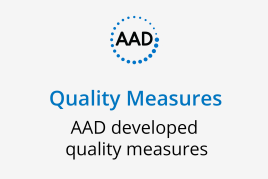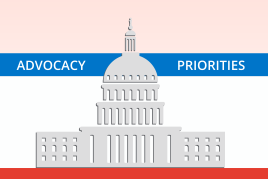2025 telehealth flexibilities and policy updates
Although the COVID-19 Public Health Emergency (PHE) officially ended on May 11, 2023, the 2025 Medicare Physician Fee Schedule (MPFS) Final Rule affirmed that CMS will continue to permit certain policy adjustments and extensions related to telehealth services through 2025.
Additionally, recent legislation authorized an extension of some Medicare telehealth flexibilities set to expire on March 31, 2025 to be extended through Sept. 30, 2025.
Telehealth flexibilities extended through Dec. 31, 2025
Medicare enrollment address
CMS will continue to allow clinicians providing telehealth services from home to list their practice address instead of their home address on their Medicare enrollment through 2025.
Teaching physicians
CMS will continue to allow teaching physicians to use real-time audiovisual telecommunications when the resident furnishes Medicare telehealth services in all residency training locations through the end of 2025; the teaching physician and resident do not have to be co-located.
Virtual direct supervision
In a permanent change, CMS will allow virtual direct supervision for a subset of services. Specifically, a supervising clinician may use real-time audiovisual telecommunications for services furnished “incident to” a dermatologist’s or non-physician clinician’s (NPC) professional services. This policy includes services with a PC/TC indicator of “5” (e.g., 96900-96912) and the service described by CPT code 99211, as well as other office or outpatient E/M visits for established patients who may not require the dermatologist’s or NPC’s physical presence.
For all other services provided “incident to” that require direct supervision, CMS will only allow use of real-time audiovisual telecommunications through Dec. 31, 2025.
Audio-only telehealth
The 2025 Final Rule finalized the definition of “interactive telecommunications system” to include two-way, real-time audio-only communication technology for any telehealth services furnished to beneficiaries in their homes if the distant site dermatologist or NPC is technically capable of using an interactive telecommunications system that includes, at a minimum, audio and video equipment permitting two-way, real-time interactive communication between the patient and distant site dermatologist or NPC, but the patient is not capable of, or does not consent to, the use of video technology.
CMS clarified that no additional documentation, other than the appropriate modifier, e.g., modifier 93 Synchronous telemedicine service rendered via telephone or other real-time interactive audio-only telecommunications system, is required for audio-only services.
Note, these telehealth flexibilities do not apply to private payers. We encourage practices to check with private payers before providing the service to ensure appropriate reimbursement expectations.
Telehealth flexibilities through Sept. 30, 2025
Geographic and location restrictions
The telehealth flexibilities on geographic and location restrictions were set to expire at the end of 2024 but have been extended by Congress. These waivers will remain in effect only until Sept. 30, 2025. After that, without further congressional action, telehealth services will generally be limited to Medicare beneficiaries in rural areas and specific medical settings, with most patients no longer able to receive telehealth services from home.
Questions? Contact us.
 Find a Dermatologist
Find a Dermatologist
 Member directory
Member directory
 AAD Learning Center
AAD Learning Center
 2025 AAD Innovation Academy
2025 AAD Innovation Academy
 Need coding help?
Need coding help?
 Reduce burdens
Reduce burdens
 Clinical guidelines
Clinical guidelines
 Why use AAD measures?
Why use AAD measures?
 Latest news
Latest news
 New insights
New insights
 Physician wellness
Physician wellness
 Joining or selling a practice?
Joining or selling a practice?
 Promote the specialty
Promote the specialty
 Advocacy priorities
Advocacy priorities
